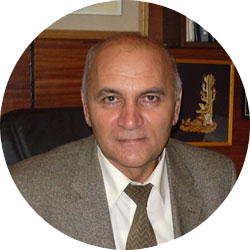USSR Author’s Certificate # 1213923, 1983.
Kirpichnikov P.А., Liakumovich А.G., Fridman B.S., Gamer P.U., Zaitsev Yu.I., Knyazev A.F., Kuleshov N.P., Bakhir V.M., Spektor L.Ye., Atadzhanov A.R.
Cathodically activated 0.01% sulfuric acid solution is poured into accumulator, after which it is brought to the desired density by adding concentrated sulfuric acid. Service life of new and spent accumulators increases by 15-45%, “charge – discharge” capacity by 20-30%. The method was experimentally tested in NPO QUANT (Moscow) in 1984.
